The 2025 French Open is just around the corner: clay legends and underdog hotbeds
As the only tournament to be held on clay courts among the four Grand Slams, the French Open attracts hundreds of millions of viewers around the world every year due to its unique venue characteristics, ups and downs and rich history. As the countdown to the 2025 French Open kicks off on May 25 at the Roland Garros Stadium in Paris, we take a look back at the 100-year history of the tournament and discuss its uniqueness and future direction.
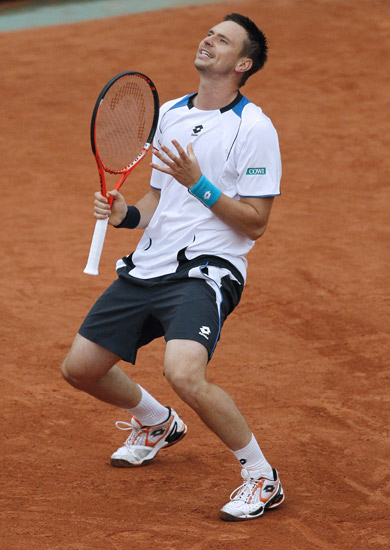
The French Open, which began in 1891 as the "French Tennis Championship", was opened to international players in 1925 and moved to its current location at Roland Garros in 1928. Named after a French World War I pilot, this venue has witnessed the birth of countless tennis legends and also carries the unique genes of clay courts.

The laterite field is not a natural soil, but is made up of several layers of material: the surface is covered with about 2 mm of brick powder (45 tons per year), the middle layer is white limestone, and the bottom layer is iron ore slag and crushed stone, which ensures permeability and stability. This structure slows down the ball speed and increases the bounce, requiring players to have strong baseline holding ability and sliding skills, which becomes the touchstone for "technical flow" players. Nadal won 14 titles with his trademark topspin and physical superiority, and was known as the "King of Clay".
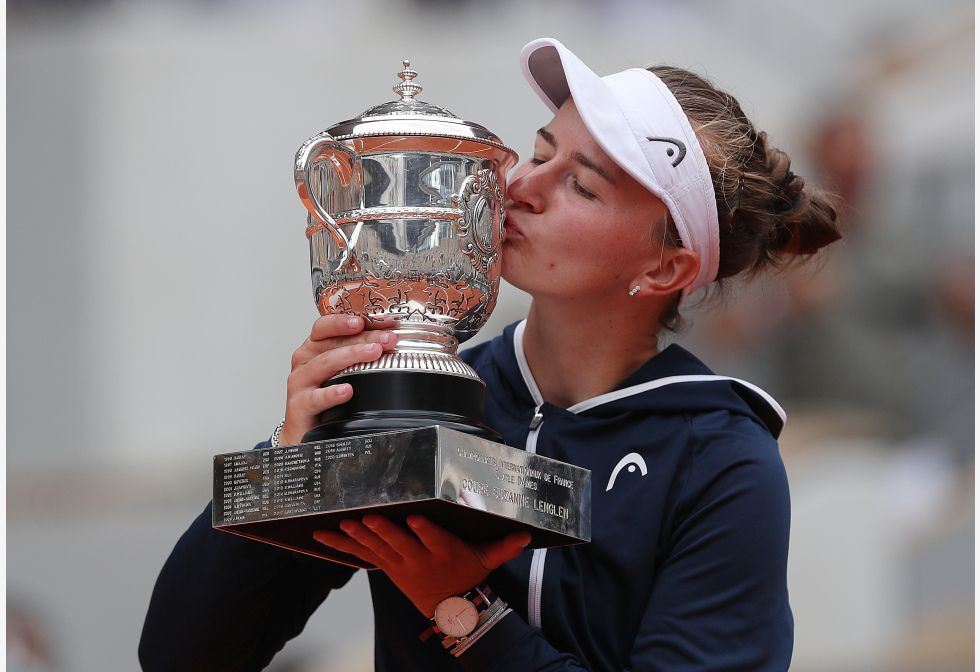
In response to the changeable weather in Paris, the French Open has continued to upgrade its venues in recent years. In 2020, the Philippe Chartier Stadium was retrofitted with a retractable roof, making it the last centre court to be covered in the four Grand Slams. This renovation not only reduced the disruption of the race schedule due to rain, but also maintained the humidity of the red soil through an air circulation system to ensure the fairness of the race. In 2025, venues will continue to optimize the viewing experience, introduce smarter real-time data analytics and eco-friendly facilities, and echo the sustainable development trend of global sports events.
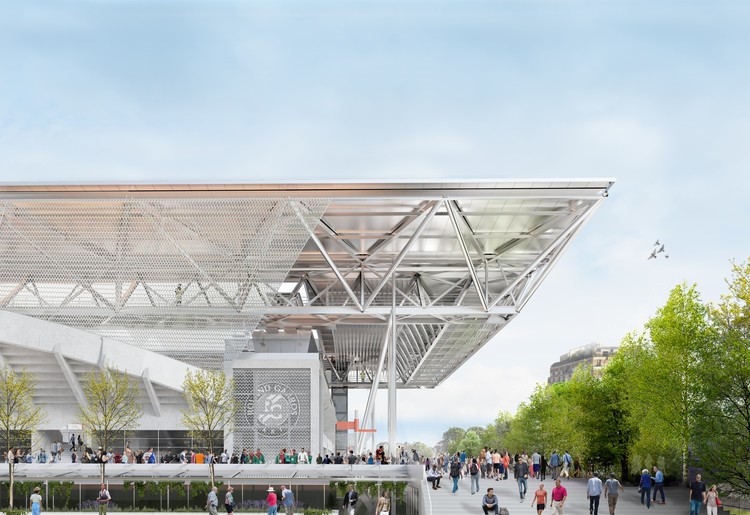
The clay of the French Open not only gave birth to a technological revolution, but also a number of iconic moments: in 2011, Li Na became the first Asian player to win a Grand Slam singles title with a 6-4 7-6 Lixciavone in the final. The victory attracted 116 million Chinese spectators, and the five-star red flag flew over Roland Garros for the first time, hailed as "the national pride moment of Chinese sports".
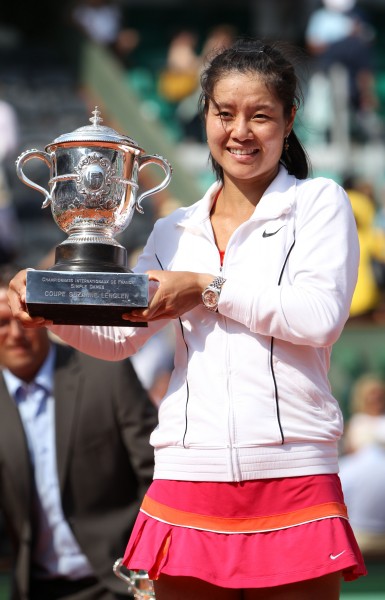
Nadal has won 14 titles at the French Open, with the feat of winning the title in 2020 with an injury particularly shocking. His sliding technique and mental toughness define the ultimate aesthetic of clay. Federer didn't realize his dream at the French Open until 2009, ending the "Grand Slam" regret; Novak Djokovic, on the other hand, went through a series of setbacks before winning the Musketeers Cup for the first time in 2016, achieving a Grand Slam and highlighting the key position of the French Open in the competition of giants.

The French Open is known as an "upset hotbed", and the slow and long rounds on clay courts put a tough test of a player's consistency, often knocking seeded players out early: for example, in 2009, Nadal lost to Soderling, and Nadal's previous record of four consecutive titles was ended by the Swedish dark horse, who made it all the way to the final, becoming the first player to defeat the "God of Clay" at the French Open. As one of the best players in women's tennis, Serena Williams was not immune to the upset, as she lost to French veteran Lazzano in the first round in 2012, the worst Grand Slam record of her career.
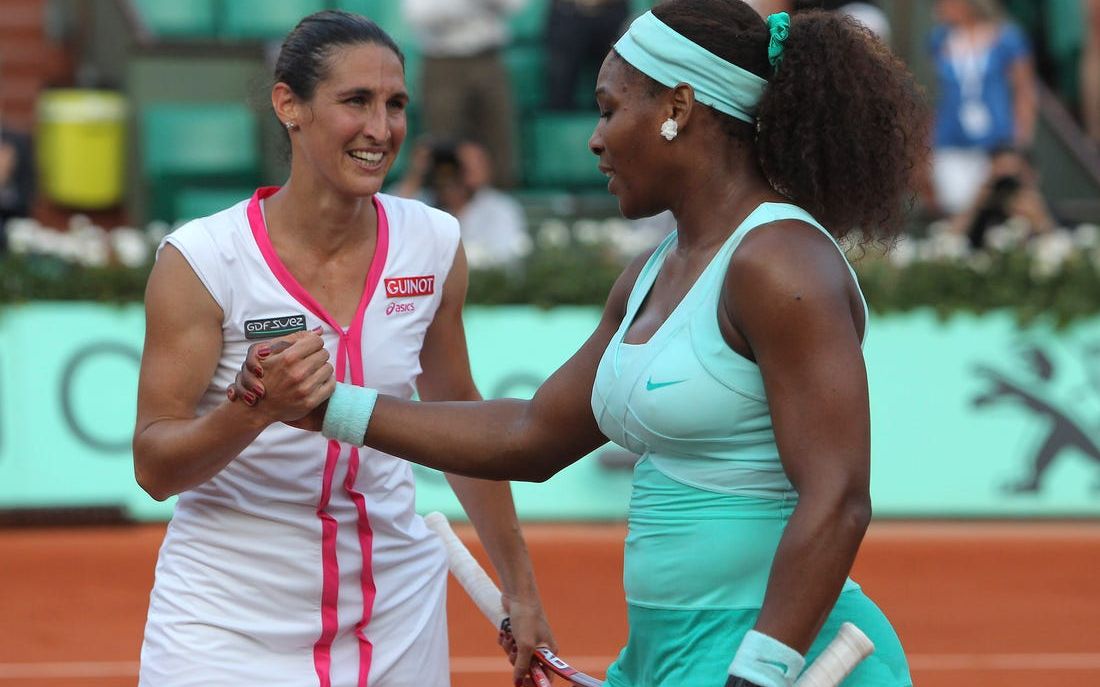
Of course, many beautiful fairy tales have been born in this magical land, and one by one dark horses stand out from the unpopular and finally go to the top of life. In 2010, as the No. 17 seed, Italian veteran Schiavoni won the championship at the age of 30, becoming the first Italian Grand Slam champion in the Open era; In 2017, unseeded player Ostapenko, who had just celebrated his 20th birthday here, defeated Halep in the final, showing the impact of the new generation; In 2021, Krejcikova transformed from a doubles specialist to win four top 10 titles, illustrating the unpredictability of clay. Their story tells us that Roland Garros not only has the tears of famous players who accidentally overturned, but also the miracle of Cinderella's counterattack.

Although the French Open was eventually added to the roof under external pressure, in the face of the transformation of professional tennis, the French Open still needs to find a balance between tradition and innovation: first, the introduction of an AI penalty system and a digital viewing experience to improve the accuracy of referees and the interaction of spectators. Secondly, we should increase the environmental protection of the optimized site materials, reduce the carbon footprint, and explore the possibility of the popularization of laterite fields in the world. Finally, in terms of prize money, it is necessary to take into account the income of top players and the protection of qualifying players to maintain the fairness and sustainability of the competition.
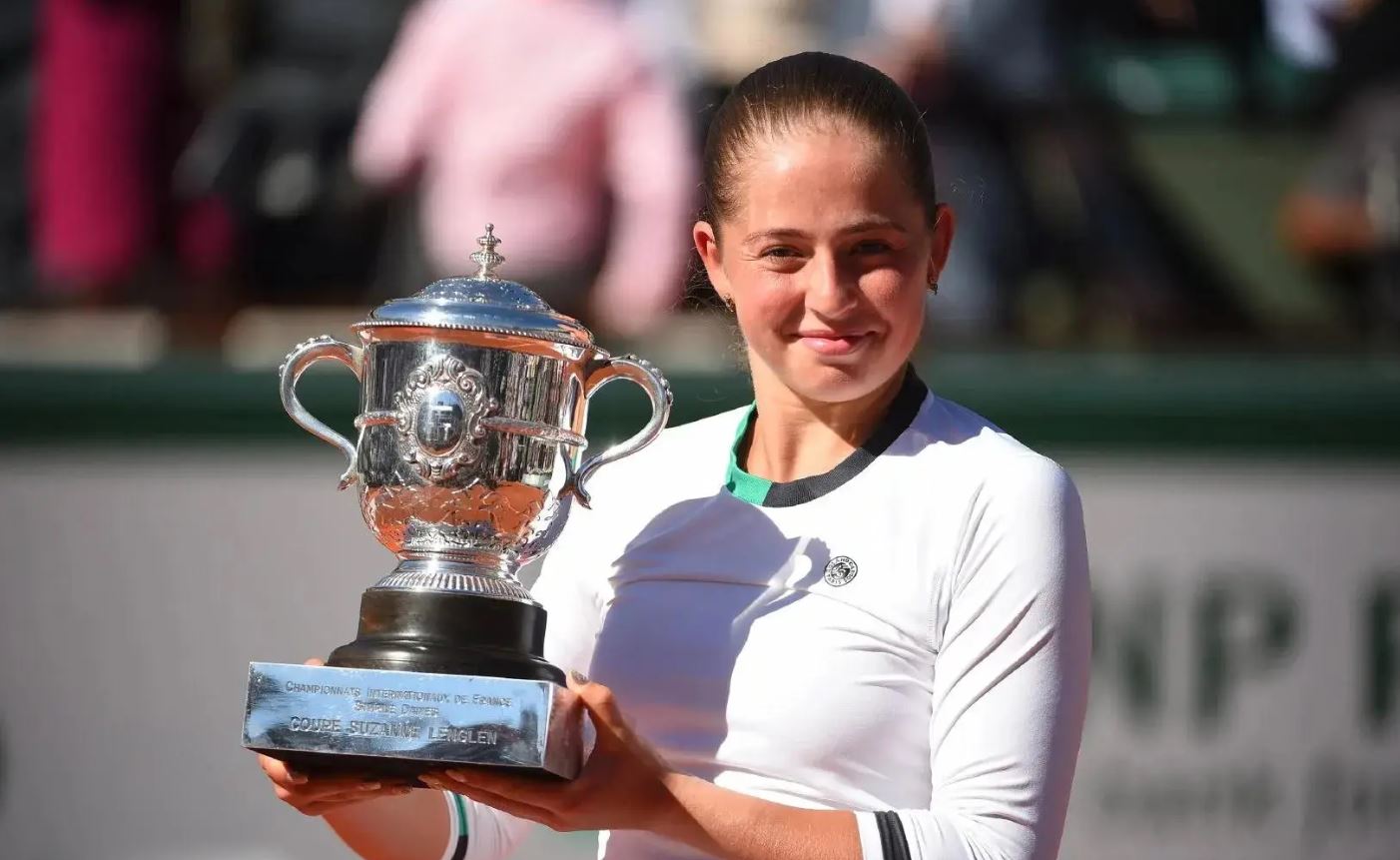
Roland Garros in 2025 is both a continuation of history and the starting point of the future. On the clay court, the persistence of veterans, the burst of new stars and the innovation of technology are intertwined to write the next chapter of tennis. As Rafael Nadal said, "The French Open is a battlefield of the mind, and every inch of clay carries a legend that transcends victory and defeat." "In this uncertain arena, the only constant is the purest love and awe for tennis. Let's get ready for our second Grand Slam of the year!(Source: Tennis Home Author: Xiaodi)







 Links
Links
 Contact
Contact
 App
App


